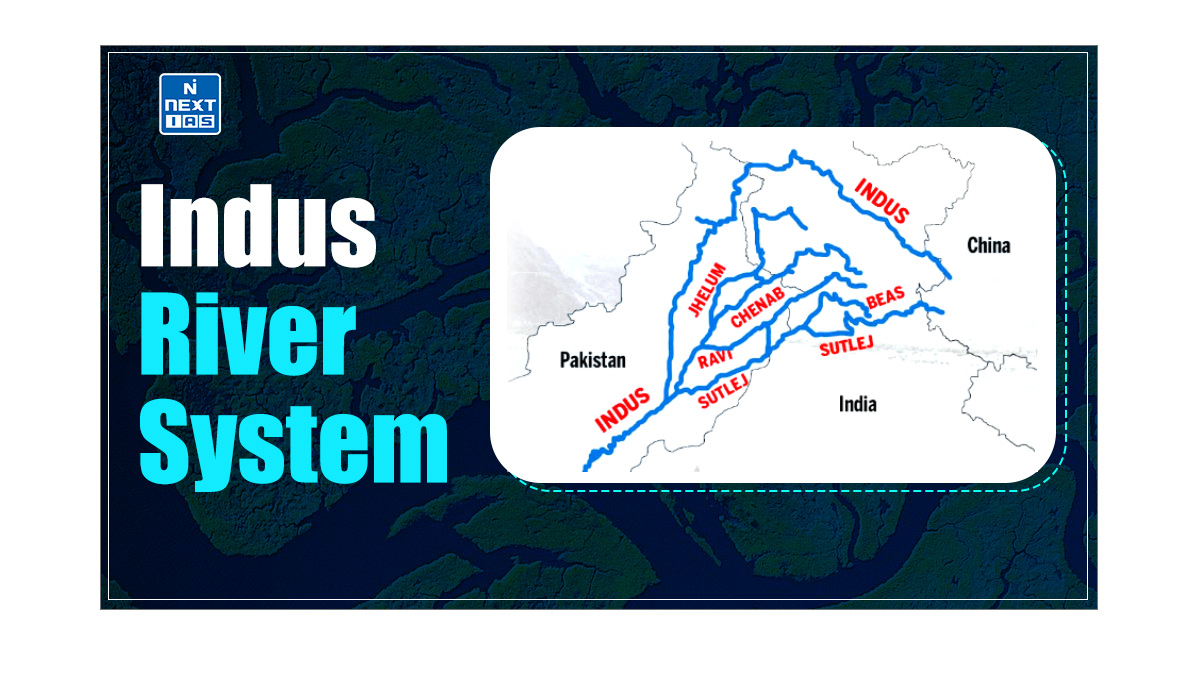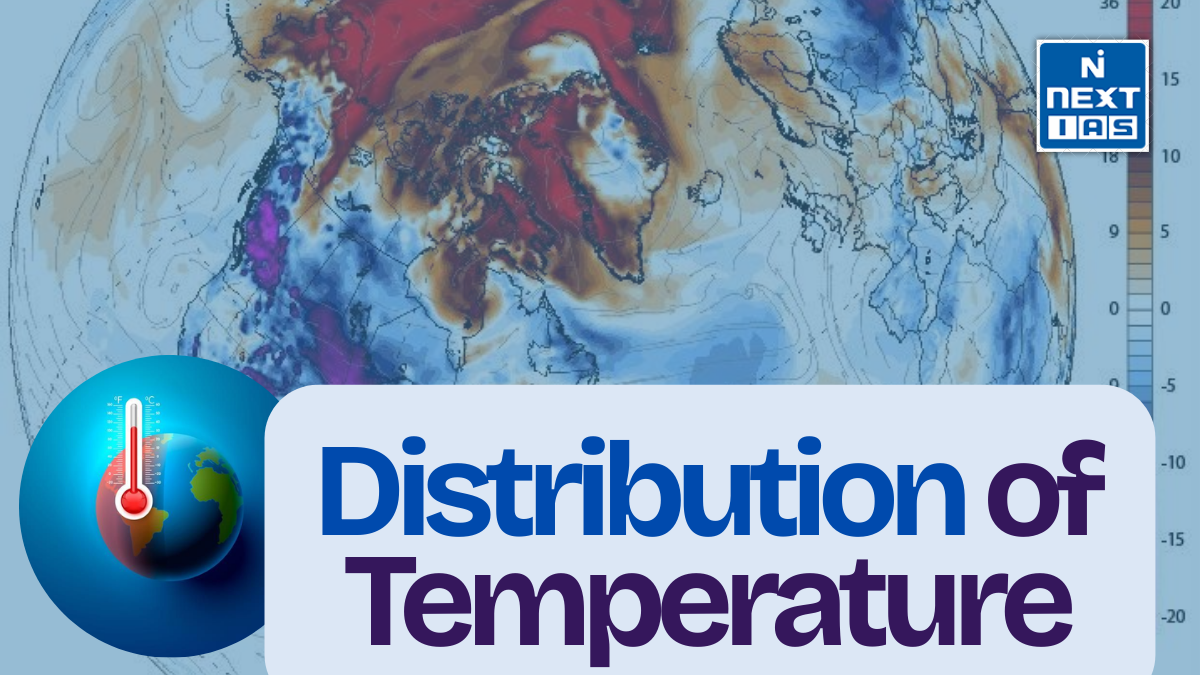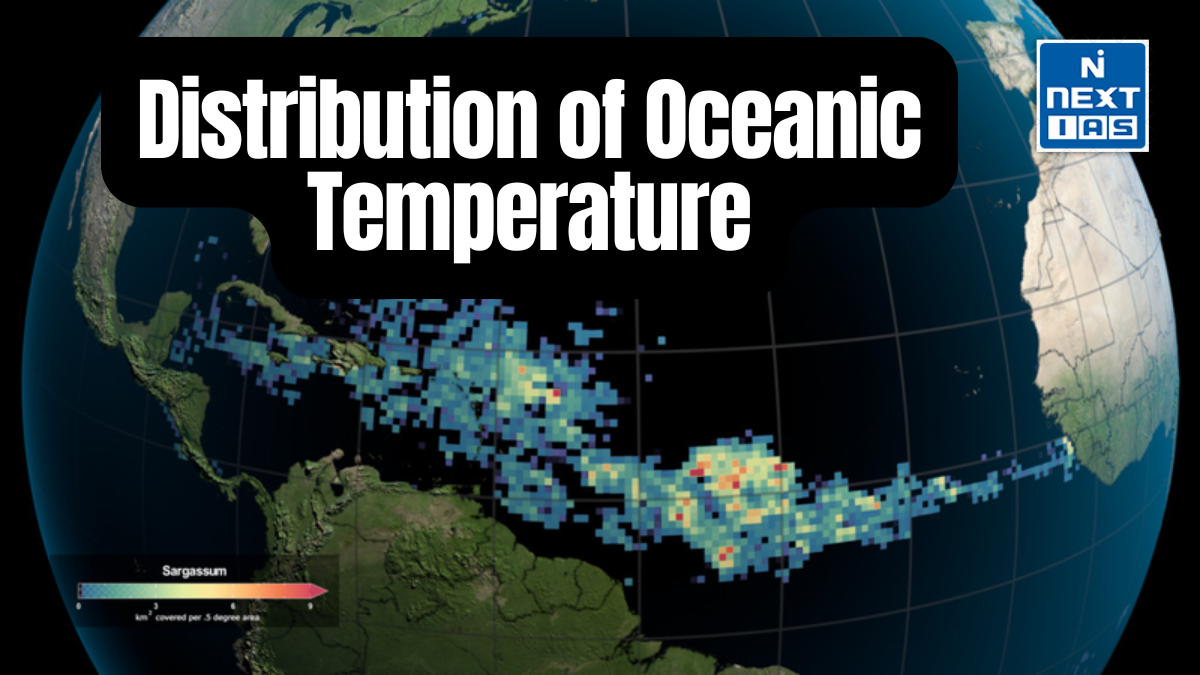
The White Revolution, also known as Operation Flood, marked a transformative era in India’s dairy industry. The program made India the largest milk producer globally and played a pivotal role in uplifting millions of rural farmers, creating a robust dairy economy, and reducing dependency on milk imports. This article aims to study in detail the objectives, achievements, and challenges of the White Revolution, highlighting its enduring impact on the Indian dairy sector.
About White Revolution
- The package programme adopted to increase milk production is called the White Revolution in India.
- In India, it is also known as Operation Flood.
- This revolution in India occurred in 1970 when the National Dairy Development Board (NDDB) was established to organise dairy development through cooperative societies.
- This revolution transformed India into one of the largest milk producers in the world, greatly enhancing the livelihood of dairy farmers and contributing to rural development.
- Prof. Verghese Kurien was the father of the White Revolution in India.
Objectives of White Revolution in India
The main objectives of the revolution are as follows:
- The procurement, transportation, and storage of milk at the chilling plants.
- To provide cattle feed.
- The societies also produce various milk products and manage their marketing. They provide superior cattle breeds (cows and buffaloes), health services, veterinary and artificial insemination facilities, and extension services.
- The technology of the White Revolution in India is based on an extensive system of cooperative societies.
- After being collected at a village collection centre, milk is promptly transported to the dairy plant at the milk chilling centre.
- The chilling centres are managed by producer cooperative unions to facilitate milk collection from producers who live some distance from them, eliminating the middlemen.
Importance of the White Revolution in India
- Increased Milk Production – This revolution significantly boosted India’s milk production, making the country one of the largest milk producers globally. This ensured the availability of milk and dairy products to a vast population.
- Rural Development and Employment – The revolution provided a sustainable source of income for millions of small-scale dairy farmers, leading to rural economic development and creating employment opportunities in the dairy sector.
- Self-Sufficiency in Dairy Products – India transitioned from a milk-deficient nation to becoming self-sufficient, reducing dependency on imports and ensuring food security.
- Improved Nutrition – The increased availability of milk and dairy products contributed to better nutrition, particularly in rural areas, helping combat malnutrition and improving public health.
- Empowerment of Women – Many women were actively involved in dairy farming, and this revolution empowered them economically, enhancing their role in household decision-making and community life.
Achievements of White Revolution in India
Some of the significant achievements of the Revolution are given below:
- This revolution in India profoundly impacted rural communities, motivating many to pursue dairying as an additional source of income.
- As a result, India has emerged as the world’s top milk producer, with milk production soaring from approximately 17 million tonnes in 1950-51 to over 198 million tonnes by 2020.
- Milk production has increased more than ten times compared to the pre-independence situation.
- The current daily per capita availability of milk is about 263 grams, compared to 125 grams before the White Revolution in India.
- The import of milk and milk products has been substantially reduced.
- The Revolution holds as much significance for dairy development as the Green Revolution did for grain production.
- Its success is attributed to advancements in cattle breeding and the implementation of modern technologies.
- Today, India stands as the leading global producer of milk.
- Small and marginal farmers and landless labourers have greatly benefited from this revolution. Around 14 million farmers are involved in 135,439 village-level dairy cooperative societies.
- To support the Operation Flood Program, research centres have been established in Anand, Mehsana, and Palanpur (Banaskantha), and three regional centres are operational in Siliguri, Jalandhar, and Erode. Additionally, extensive cross-breeding programs have been initiated to enhance livestock quality.
- Major health schemes have been initiated to ensure the maintenance of disease-free status.
- The government has implemented the livestock insurance on a pilot basis in 2005-06.
Problems of White Revolution in India
The problems of the Revolution are:
- Uneven Growth – The benefits of the White Revolution in India were not uniformly distributed across all regions of India.
- Some states saw significant gains, particularly in the north and west, while others lagged, leading to regional disparities.
- Environmental Concerns – The intensification of dairy farming led to issues like overgrazing, water pollution, and the depletion of local resources, raising ecological sustainability concerns.
- Overemphasis on Cross-Breeding – The focus on cross-breeding with exotic cattle breeds led to a decline in indigenous cattle populations, which are more suited to local conditions and require less maintenance.
- Inadequate Infrastructure – Despite significant progress, infrastructure for cold storage, transportation, and veterinary services remains insufficient in many rural areas, limiting the full potential of milk production and distribution.
- Economic Disparities – While the White Revolution in India benefitted many small and marginal farmers, it also created disparities. Larger farmers with more resources could capitalise on the opportunities more effectively than smaller farmers.
- Dependency on Cooperative Structures – The success of the White Revolution in India heavily depended on the efficiency of cooperative societies.
- In some areas, mismanagement, corruption, and political interference hindered their performance, limiting the program’s overall impact.
- Animal Welfare Issues – The focus on increasing milk production led to concerns about animal welfare, with poor living conditions, over-milking, and inadequate healthcare for dairy cattle.
- Market Saturation – In certain regions, the rapid increase in milk production led to market saturation, causing price fluctuations and economic instability for dairy farmers.
Operation Flood
- Operation Flood was a landmark initiative launched in 1970 by the National Dairy Development Board (NDDB) under the leadership of Dr. Verghese Kurien, also known as the architect of the White Revolution in India.
- This massive dairy development program aimed to create a nationwide milk grid, linking rural producers with urban consumers through a vast network of cooperative societies.
- Operation Flood transformed India from a milk-deficient nation into the world’s largest milk producer by enhancing milk production, procurement, transportation, and processing.
- The program increased milk availability and improved the livelihoods of millions of small and marginal farmers, fostering rural prosperity and reducing dependency on milk imports.
Conclusion
The White Revolution in India stands as a testament to the power of cooperative movements and visionary leadership in transforming a nation’s agricultural landscape. Operation Flood made India a global dairy powerhouse by addressing the critical challenges of milk scarcity and rural poverty. However, the journey had hurdles, including regional disparities, environmental concerns, and infrastructure limitations. As India continues to build on the legacy of the White Revolution, it must address these challenges to sustain and further enhance its dairy sector, ensuring that the benefits reach every corner of the country.
Frequently Asked Questions (FAQs)
What is White Revolution?
The White Revolution in India, also known as Operation Flood, was a nationwide initiative launched in 1970 to increase milk production and create a self-sustaining dairy industry.
Who is the father of White Revolution?
Dr. Verghese Kurien is known as the Father of the White Revolution in India.
What is the White Revolution related to?
The White Revolution in India is related to the rapid increase in milk production and the development of the dairy industry.
When do we celebrate World Milk Day?
World Milk Day is celebrated on June 1st every year.






